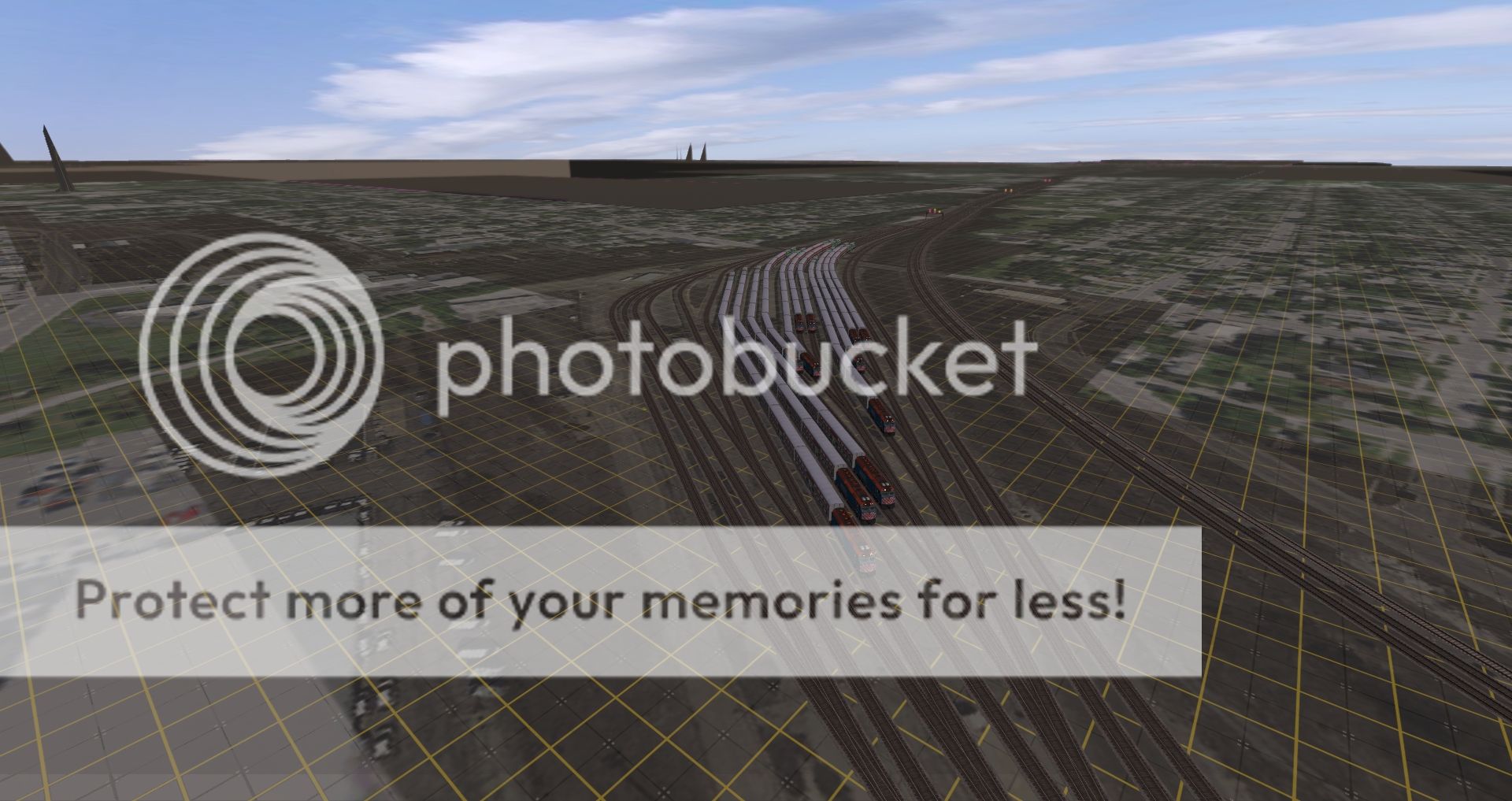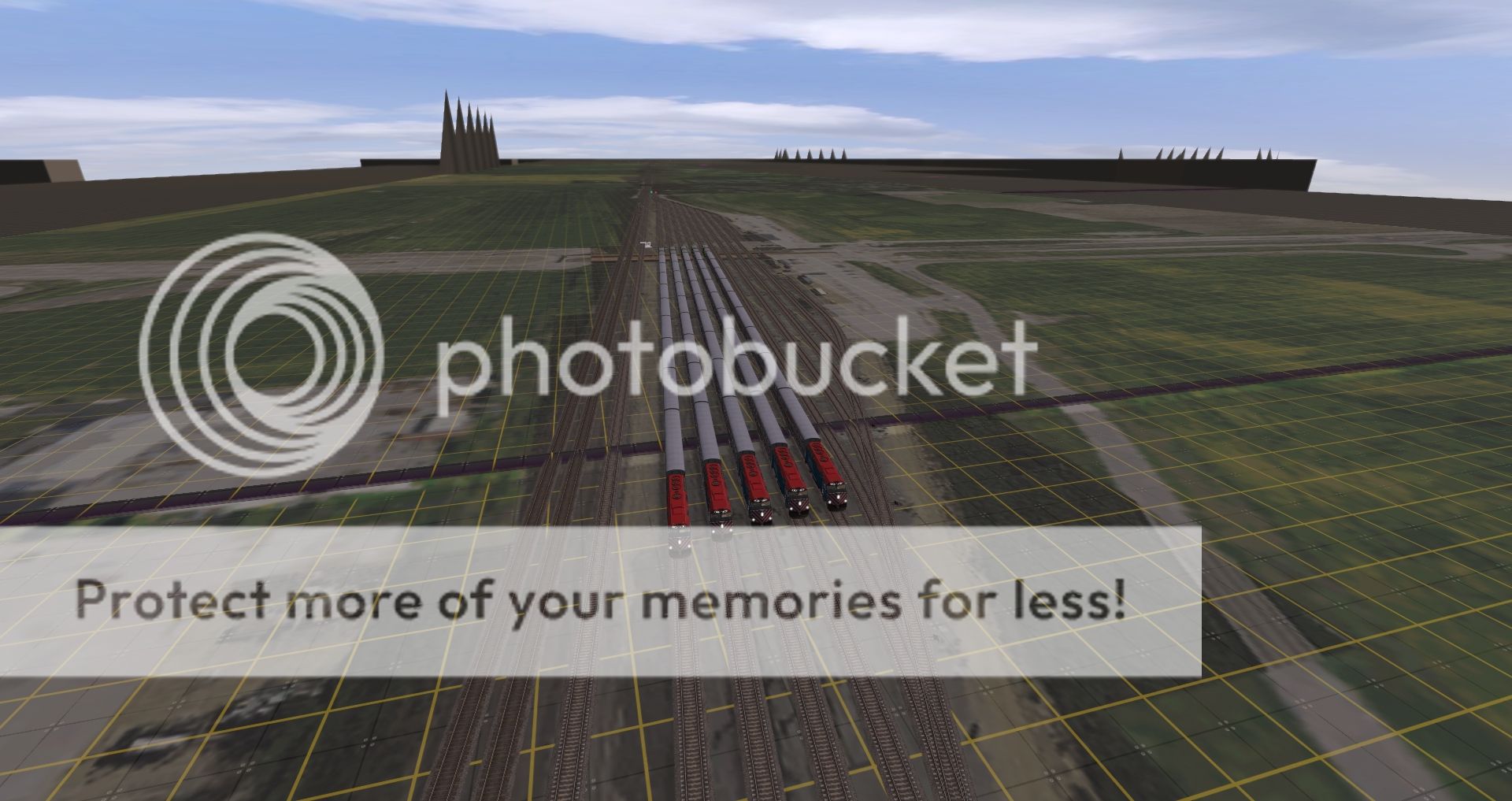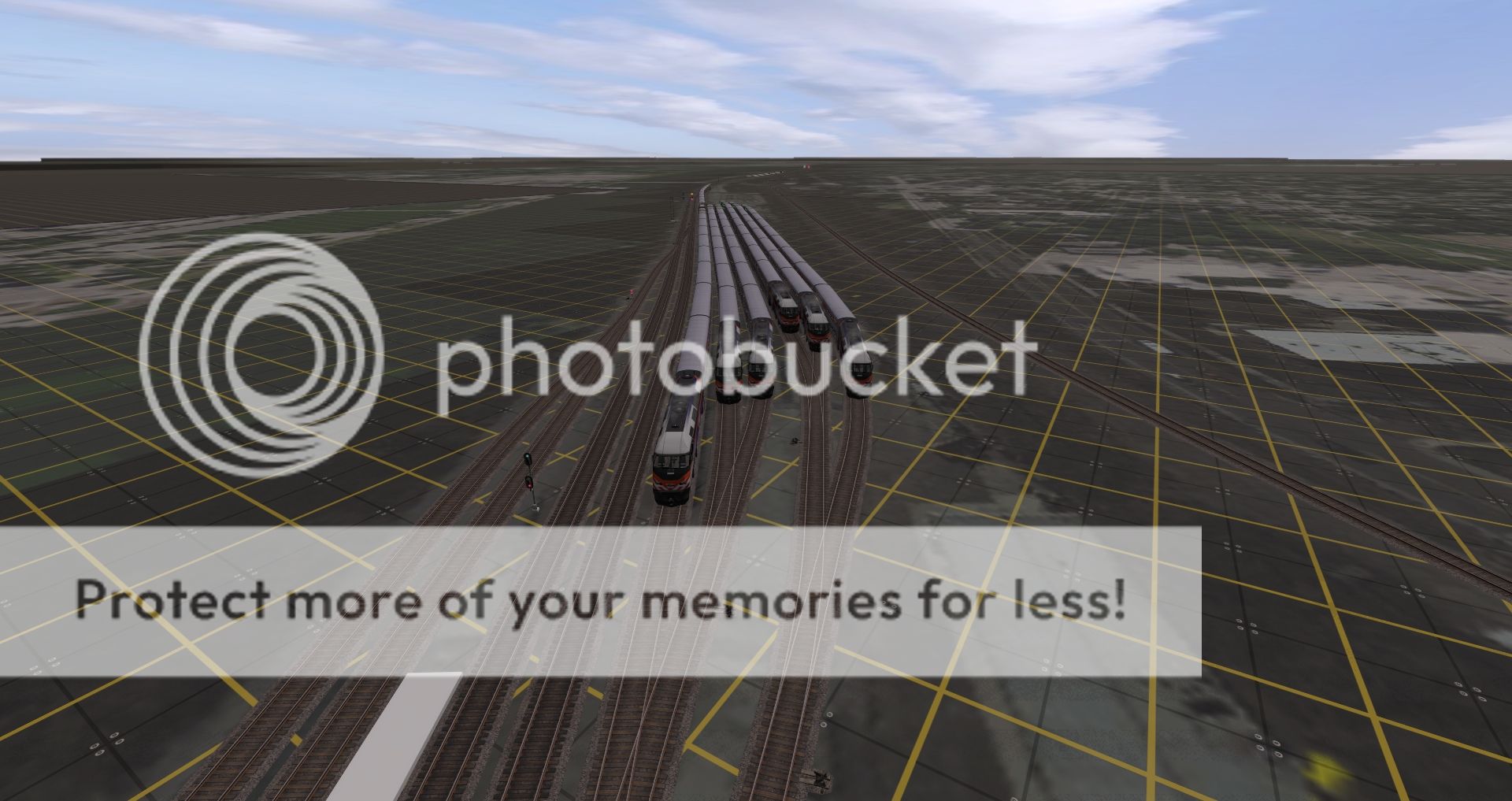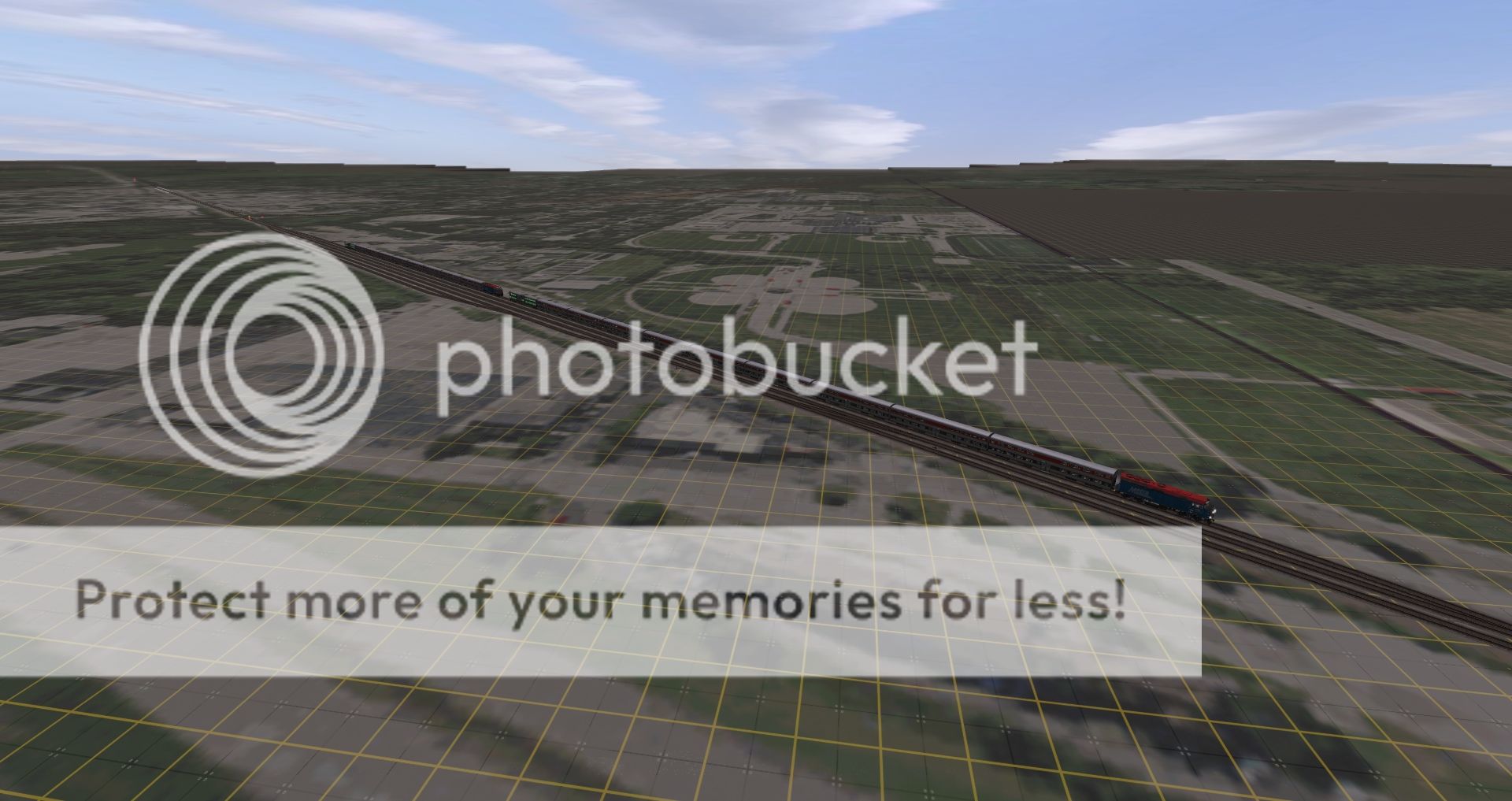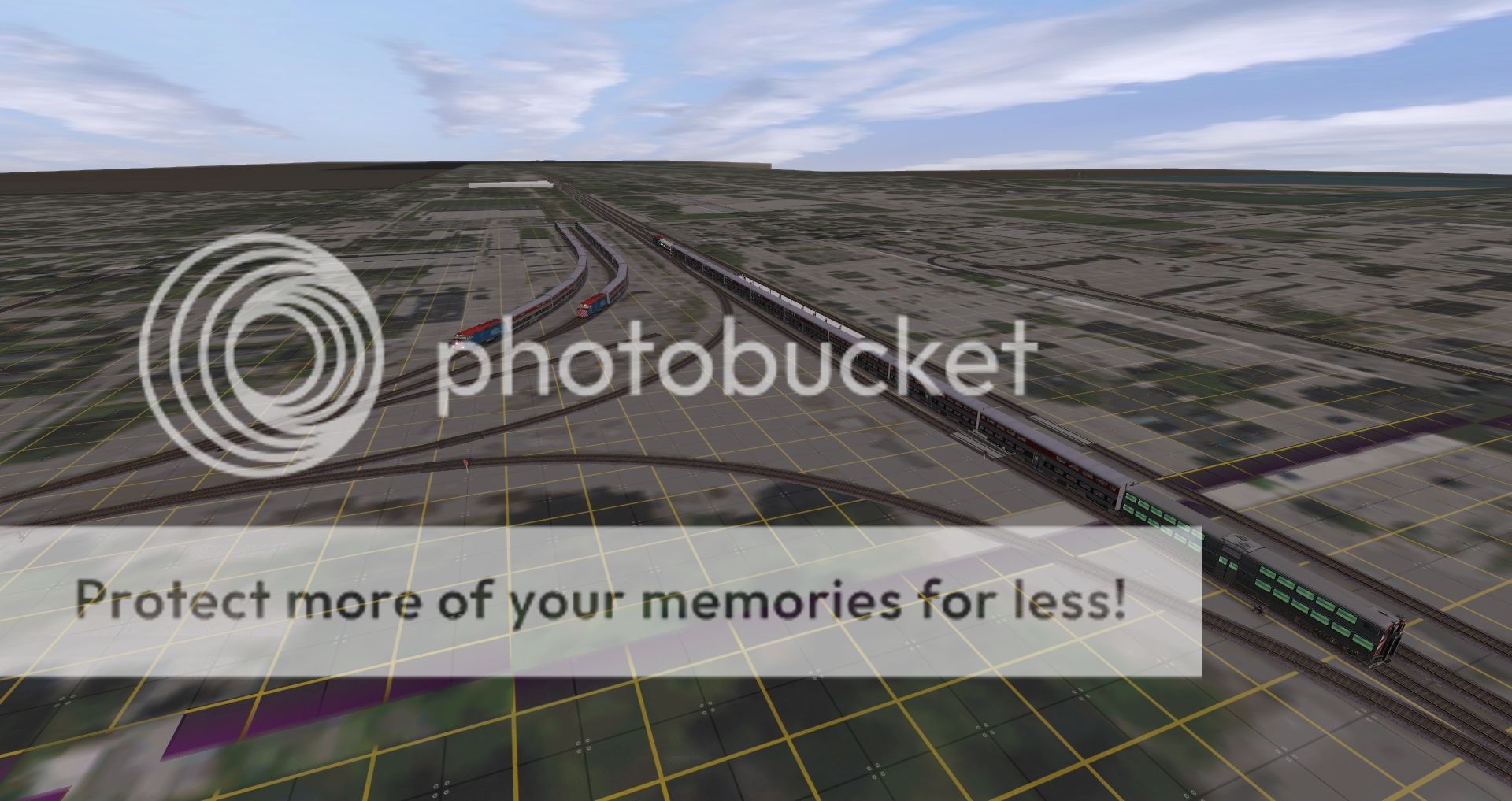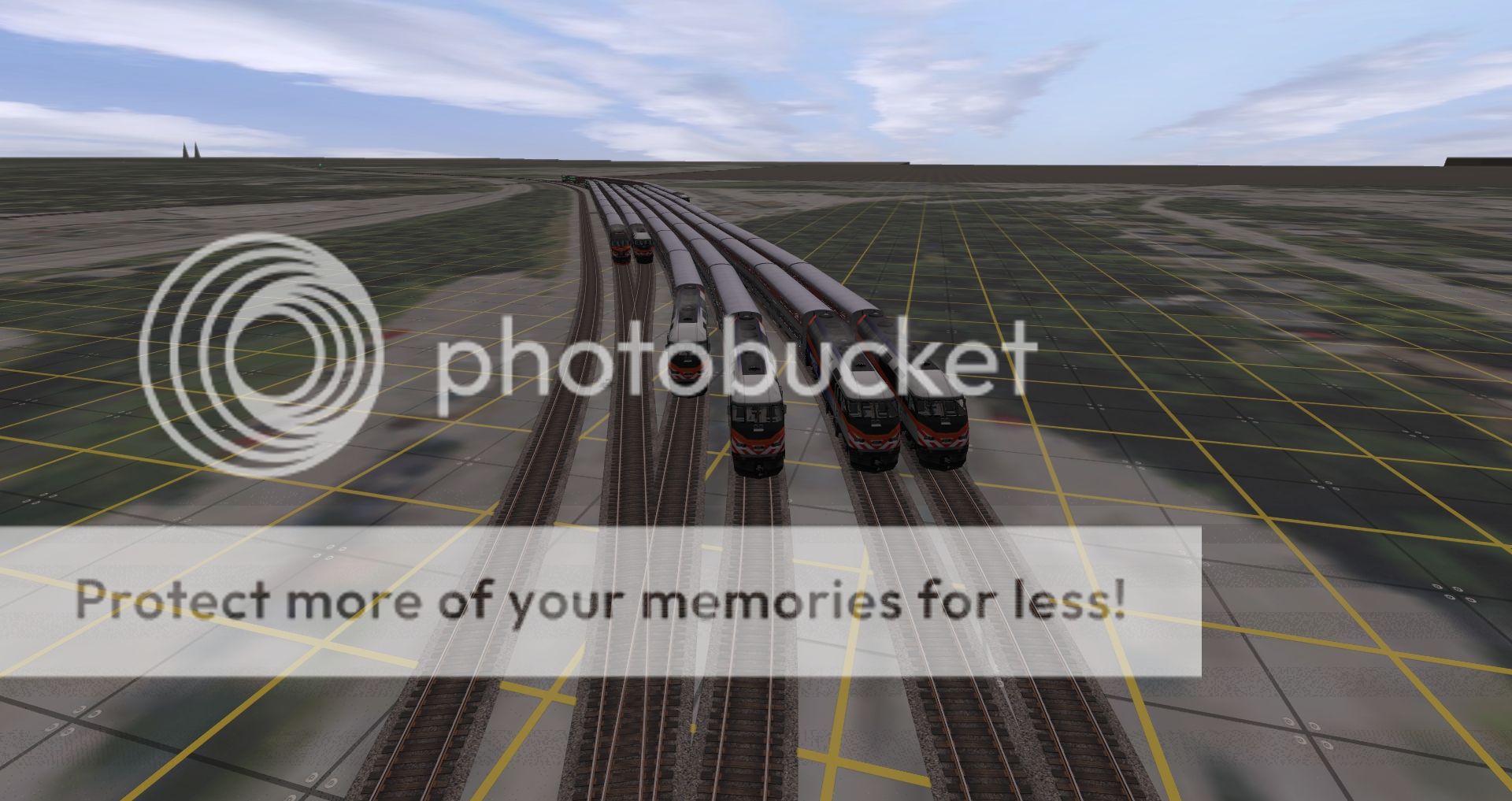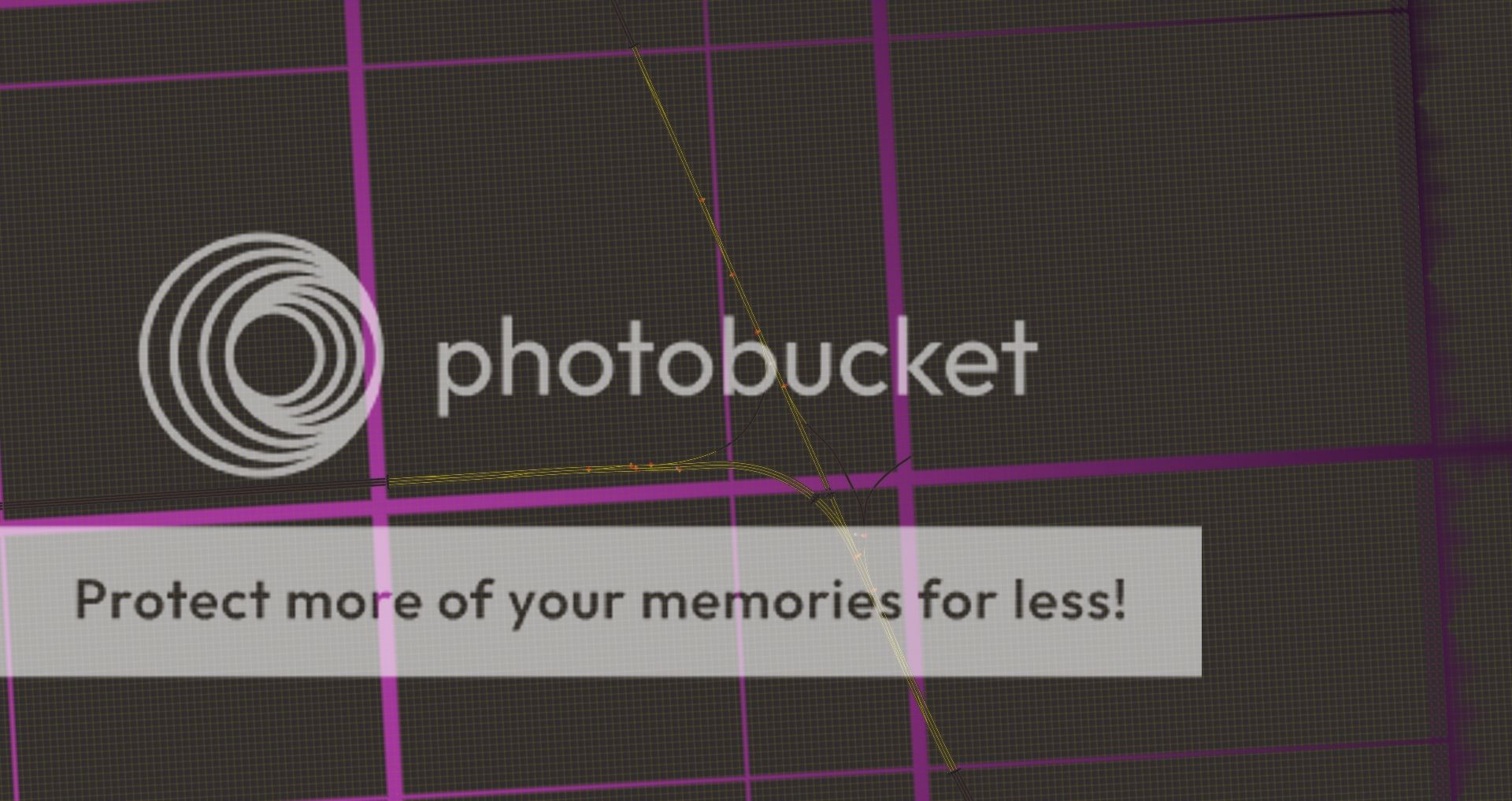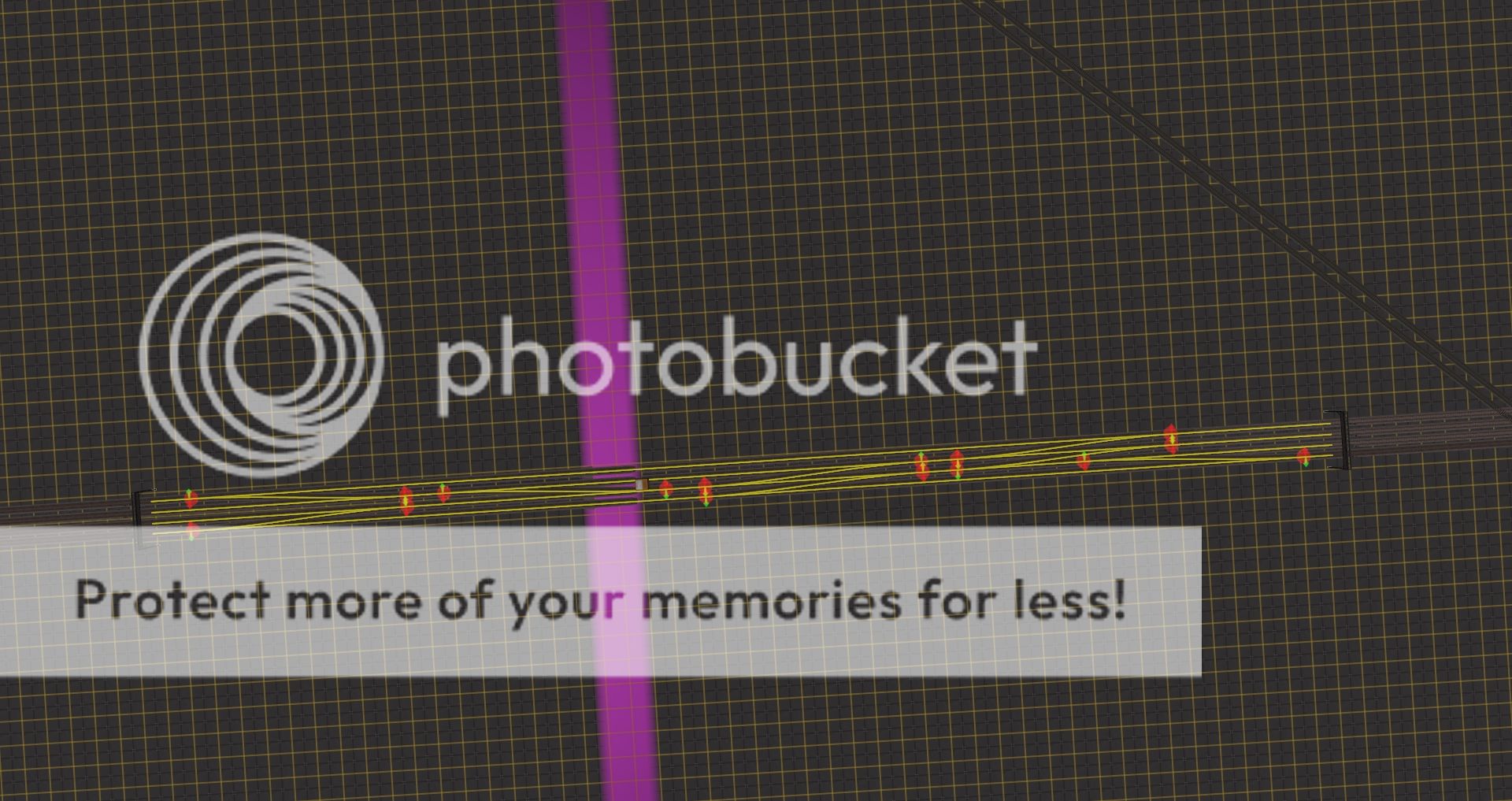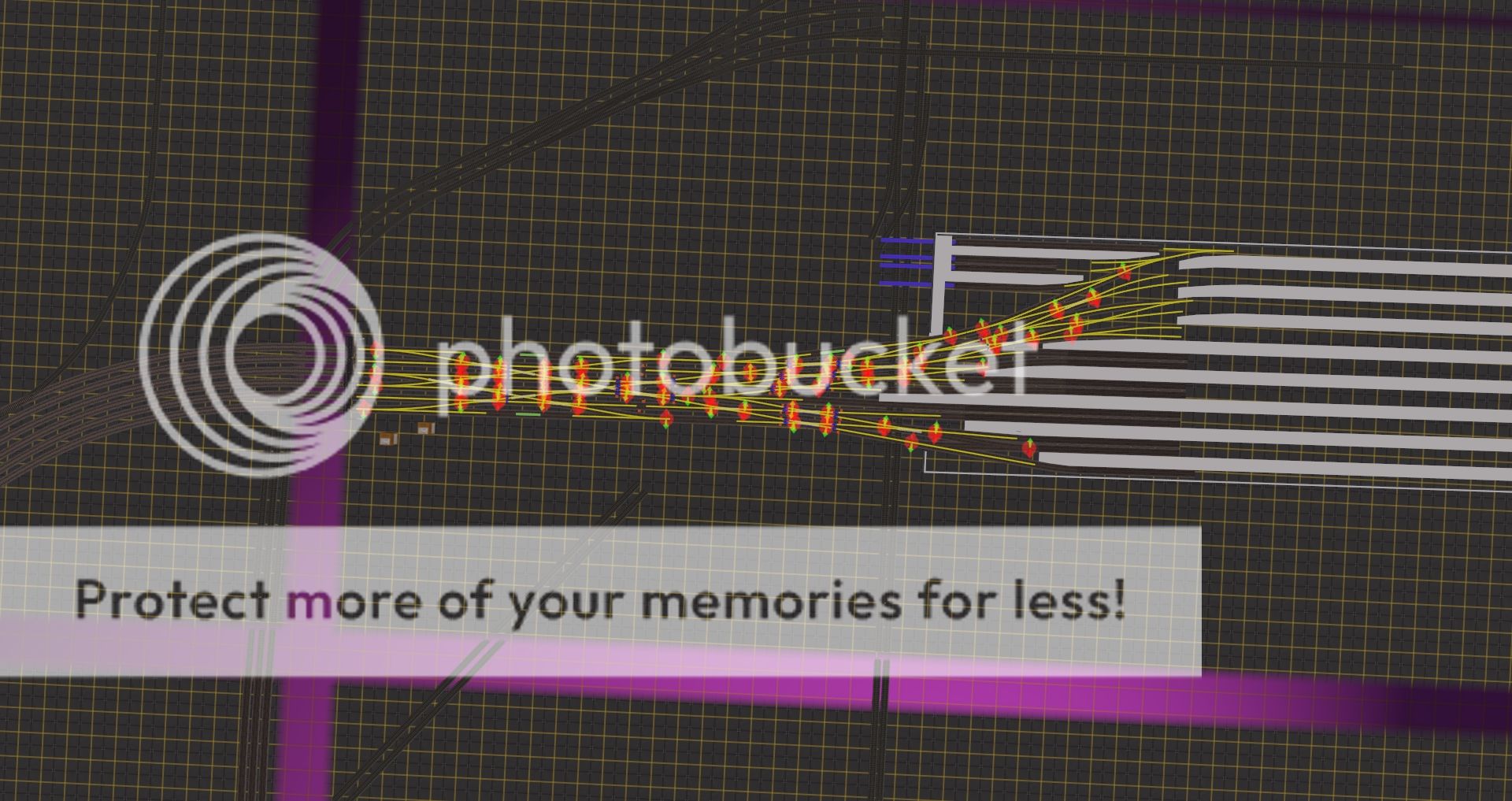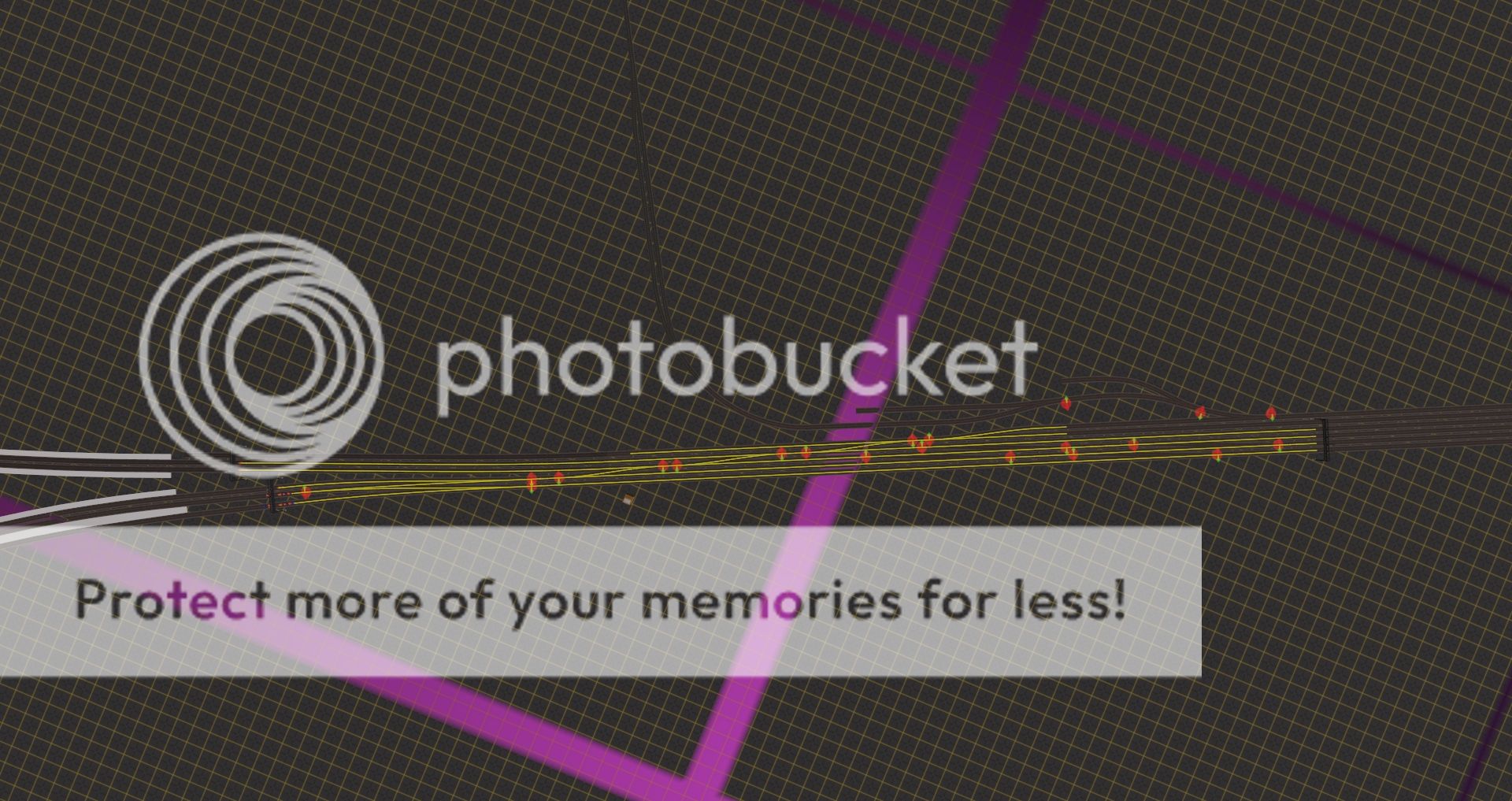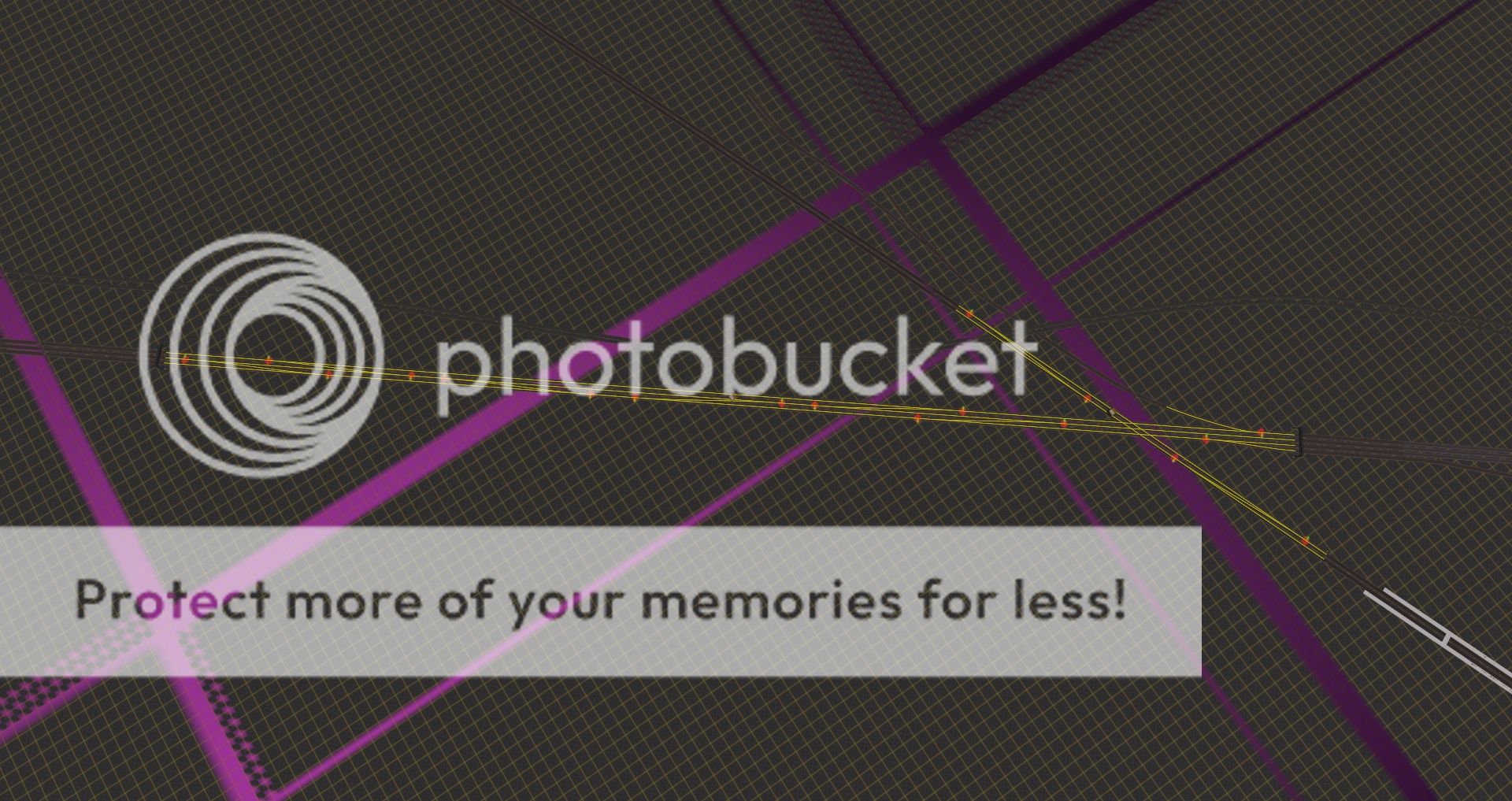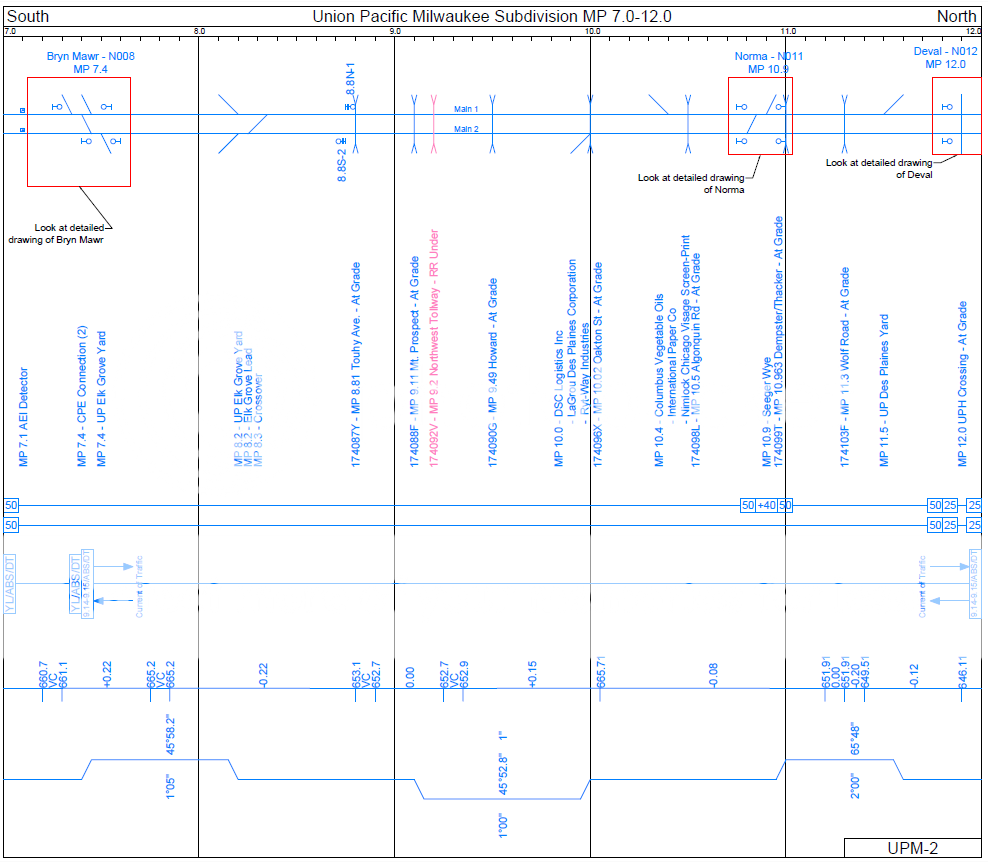Install the app
How to install the app on iOS
Follow along with the video below to see how to install our site as a web app on your home screen.
Note: This feature may not be available in some browsers.
You are using an out of date browser. It may not display this or other websites correctly.
You should upgrade or use an alternative browser.
You should upgrade or use an alternative browser.
The Chicago Terminal District Project
- Thread starter Bradleyeed
- Start date
Bradleyeed
Member
Fine, I'll admit that, but do you know how long it took me to figure out overlapping interlocking towers? I'm still figuring out speed control for different priority trains.
Surveyor
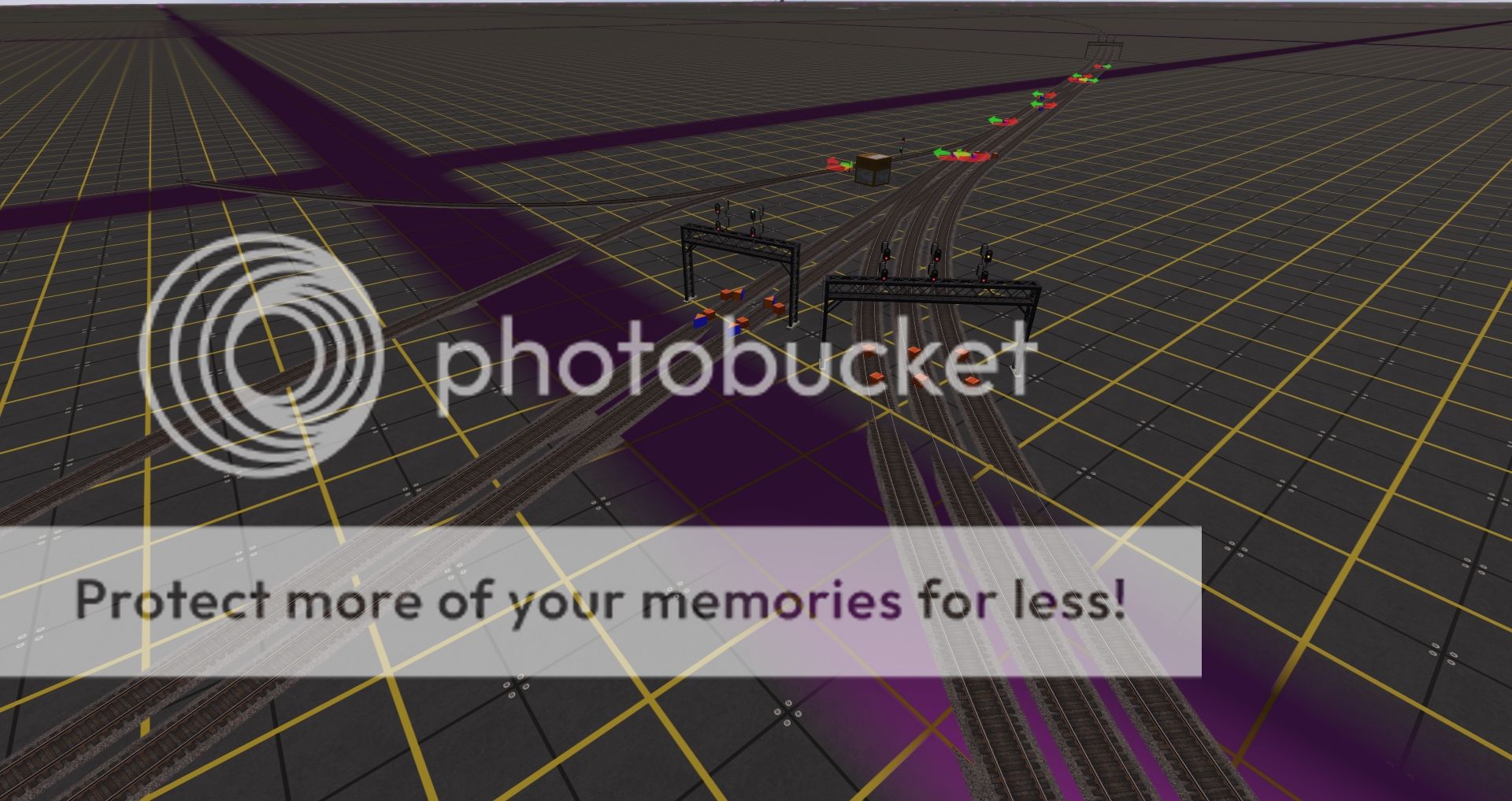
Driver
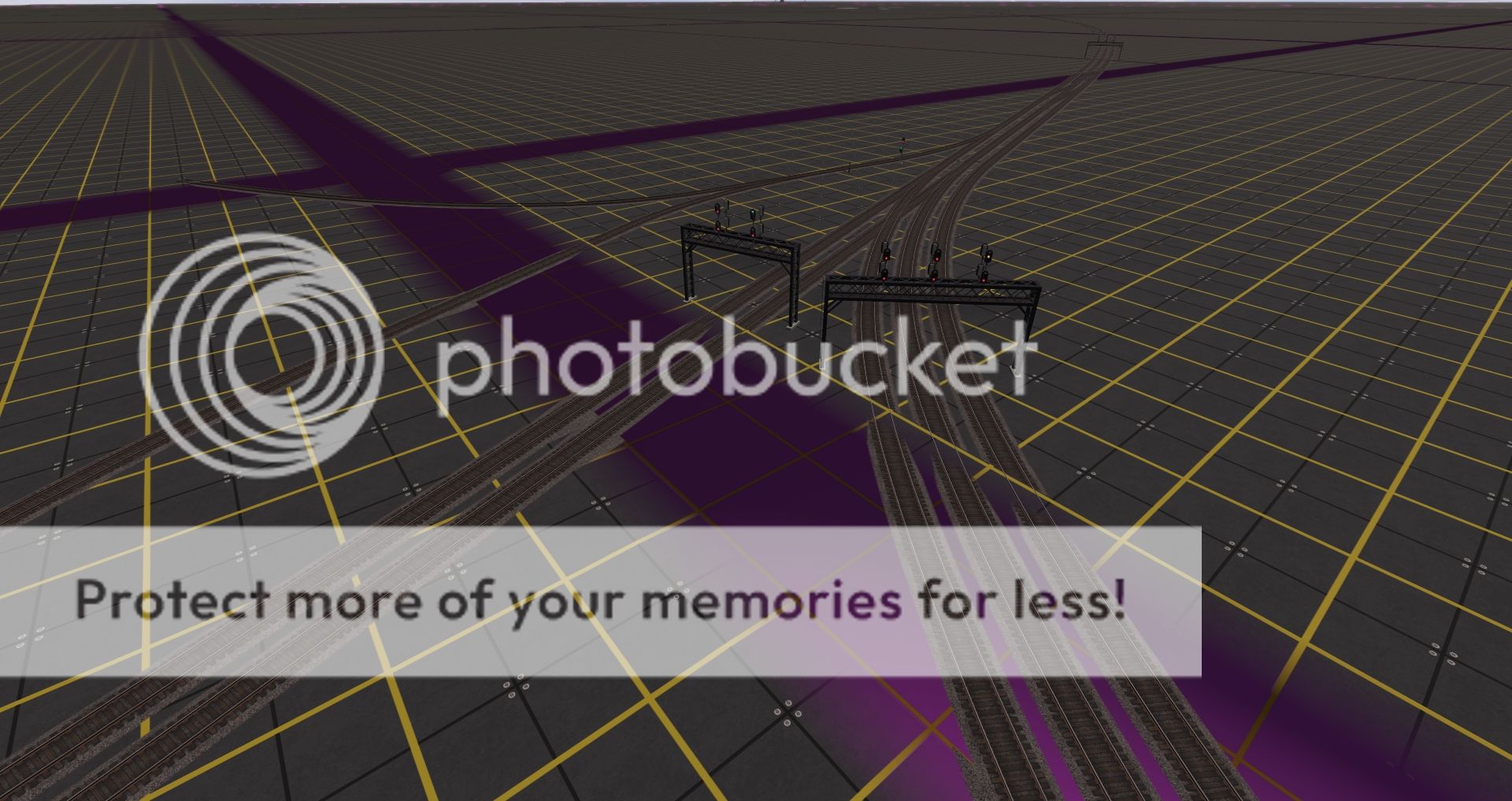
I had to clone some JR signals and make them invisible placing them just past the visible signals. The towers referenced the invisible signals which in turn controlled the visible signals via signal control boxes.
That was for partial overlap
Complete overlap refer to:
Western Ave. Tower A-2 - 49 westbound routes controlled by one tower, and 49 eastbound routes controlled by a second tower. And it WORKS!
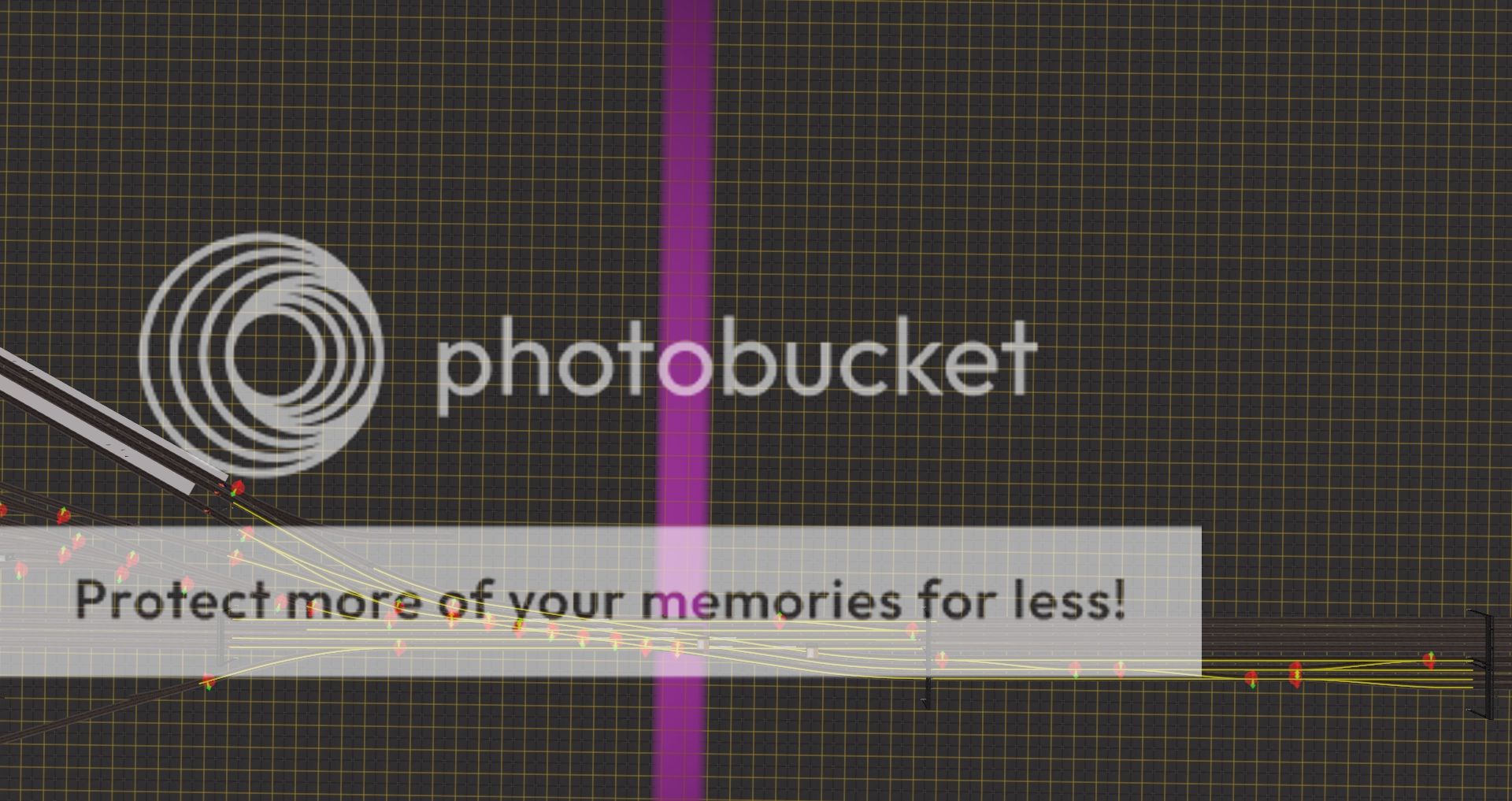
Surveyor

Driver

I had to clone some JR signals and make them invisible placing them just past the visible signals. The towers referenced the invisible signals which in turn controlled the visible signals via signal control boxes.
That was for partial overlap
Complete overlap refer to:
Western Ave. Tower A-2 - 49 westbound routes controlled by one tower, and 49 eastbound routes controlled by a second tower. And it WORKS!

Last edited:
Bradleyeed
Member
jacksonbarno
Alco Spoken Here
Nice, but there still seems to be a lot of work to be done. There aren't any houses, buildings, or scenery, and no terrain either. The route is still great, but after 3 years, you've only done the easiest part - Laying track.
As someone who's not only dabbled in building Chicago in the steam era but also several other cities and complex route networks, I can definitely say a good percentage of the time scenery is the easy part. Laying track, getting everything properly set up, signals working, etc in a prototypical way is a huge task when faced with complex routes. Half the time I can't wait to start on scenery because of trackwork headaches.
Getting everything laid out and working before starting on scenery saves time and hassle in the long run, but requires research, trial and error, and a lot of time spent on task. It's not usually how I do my routes, but I'd wager if I actually did I'd maybe finish one or two now and then!
Good job dude, keep it up!
Bradleyeed
Member
I've been doing research for over a decade, I didn't start laying track until Summer 2015 and I didn't import it to TANE until Spring 2016 after all track was roughed in in Transdem. I can't give you a time frame, other then to say I work 2 jobs, 33 hours per week, I commute 6 hours per week, and I only have Wednesdays off. I can tell you that I can do approx. 20 miles of single track main (10 for double, 5 for for triple) depending on complexity. It has taken me 3 days to work on BNSF Logistics Park and I should finish it tomorrow. I haven't touched Clearing Yard or Kirk Yard since Transdem. It could be 3 years before all mainline and yards are complete and another 2-3 years before all industries are operational.
And as for your comment that I should make something "spectacular," I went to school for Structural Engineering, not Art. If you want a railroad that works on this size, you want an engineer, and if you want something that looks pretty, look for an artist.
This is the extent of my artistic ability.

But as an engineer I do look forward to doing all the roads and bridges.
And as for your comment that I should make something "spectacular," I went to school for Structural Engineering, not Art. If you want a railroad that works on this size, you want an engineer, and if you want something that looks pretty, look for an artist.
This is the extent of my artistic ability.

But as an engineer I do look forward to doing all the roads and bridges.
Well it looks like you need some help. I hear Trainz beta is introducing Multiplayer Server, which allows several people to work on a route at the same time. When its released, perhaps you could get a team, and collaborate on this huge project, as that would speed up time drastically (You could even get a dedicated artist). But seriously, with just you alone, and the amount of hours you are putting in, this may take another decade...
Bradleyeed
Member
Bradleyeed
Member
DatTrainGuy25
Route Builder
It looks amazing!
Bradleyeed
Member
ThanksIt looks amazing!
I also made a Twitter account for this project. That's where I'll be posting daily updates, so that you know why this project is taking so long. Check it out at Chicago_rail
To start this is my setup and it's too big for my small space so I can't fit it all in. And, Yes! I am watching Trainz Build videos in the background, currently Approach Medium, but also WIT Simulations and Model Trainz Projects
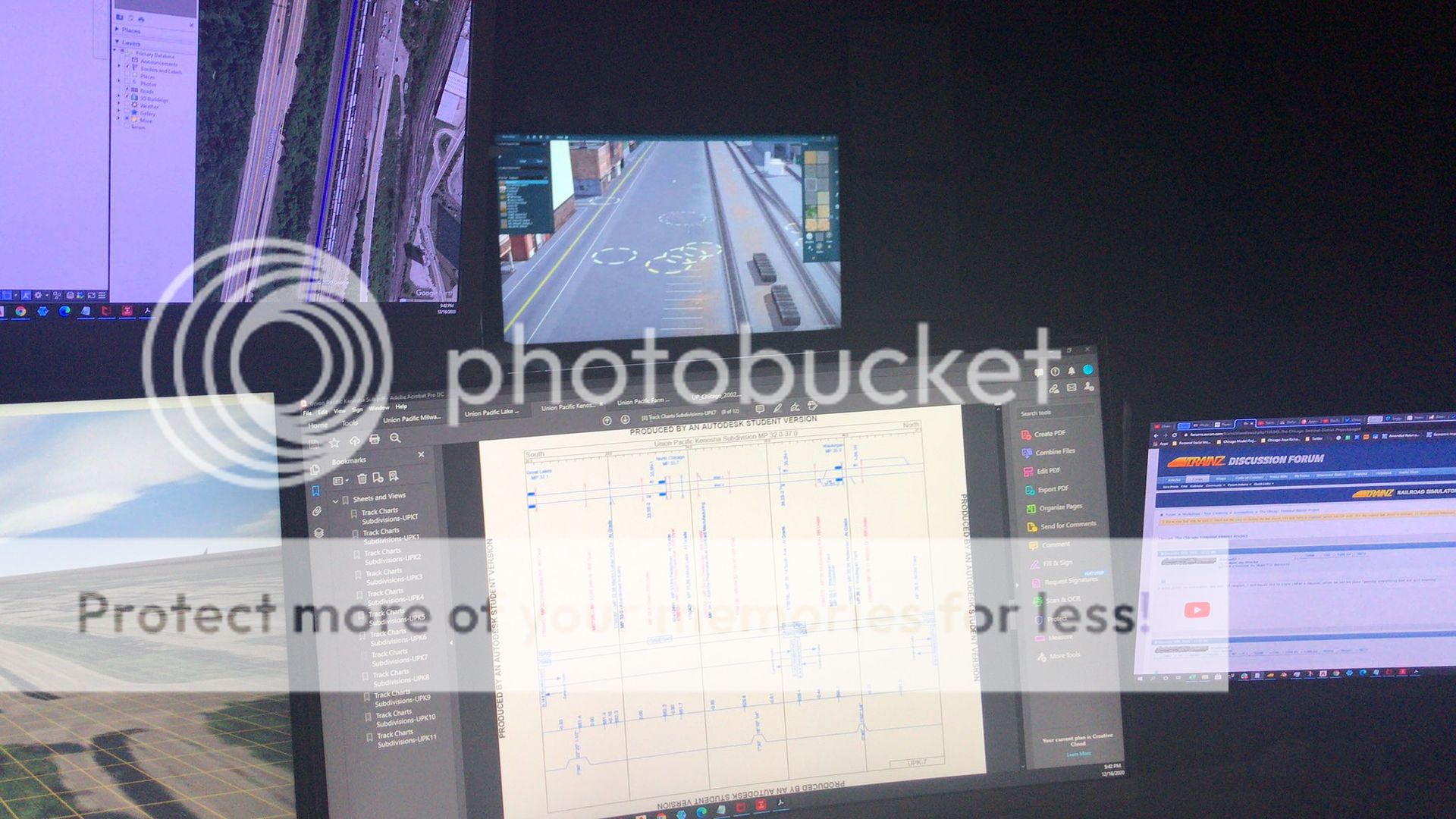
And this is my new desktop background
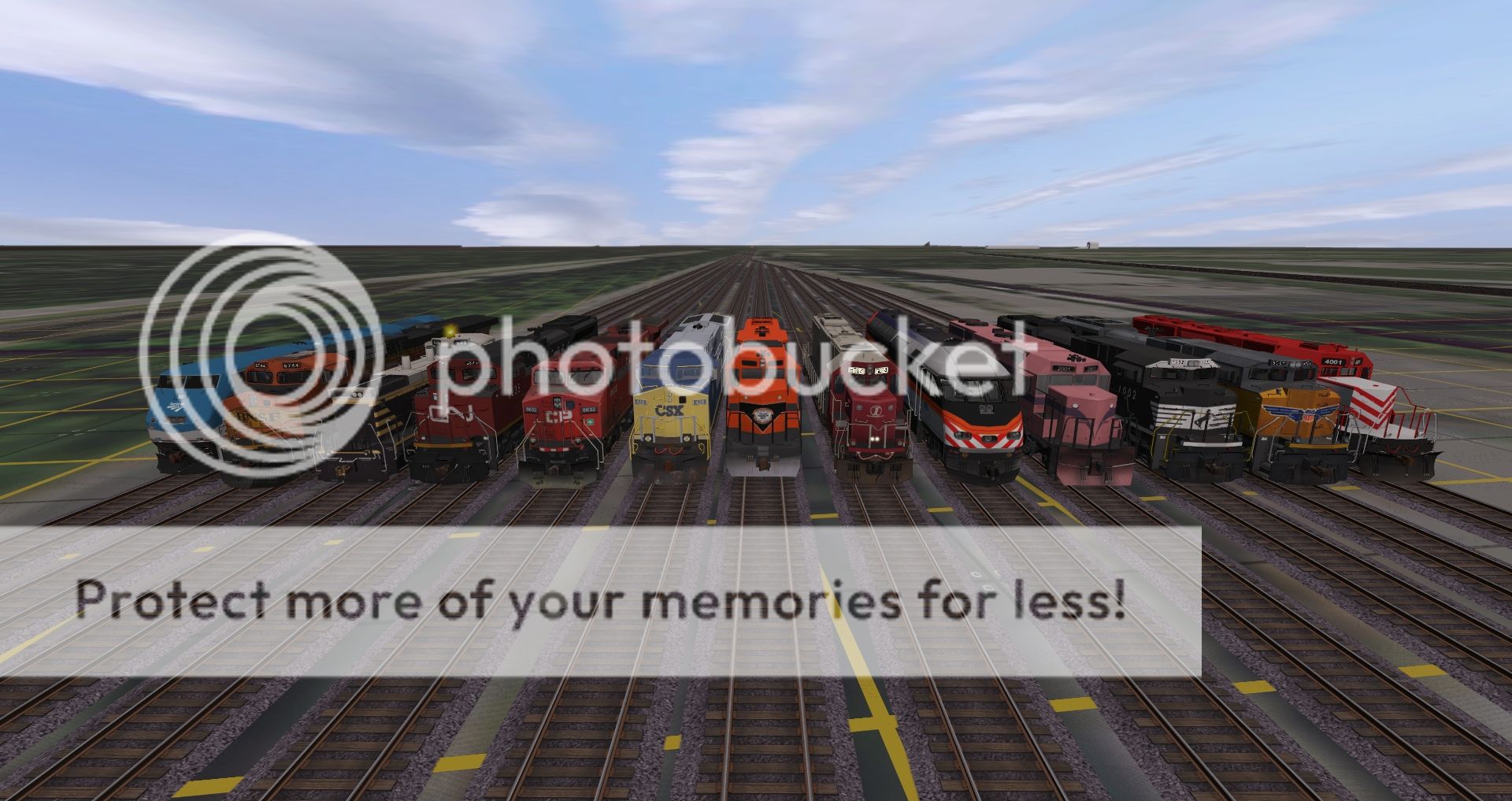
Bradleyeed
Member
I ran a successful failure test of my OTC interlocking. It was only successful because parts of trains made it through the interlocking, I think there's a bug that involves throwing switches under trains and ignoring exclusive sets. Enjoy the video.
I noticed you are using the cross junctions aligner thingys which are know to be a issue for a long time....
What I do is in surveyor place a engine facing the first switch/signal which is trying to locate the next signal if the signal stays red I place a invisible L5 signal after the second switch so the train wont stall...
Another useful way is to use number 5 signal at the first junction which most cases allows to train to continue under a yellow...
Dave =)
What I do is in surveyor place a engine facing the first switch/signal which is trying to locate the next signal if the signal stays red I place a invisible L5 signal after the second switch so the train wont stall...
Another useful way is to use number 5 signal at the first junction which most cases allows to train to continue under a yellow...
Dave =)
Bradleyeed
Member
@mtldrm38 thanks for the advice. Are you referring to Junction links? If so, I'm not using them on any of my interlockings. I tried them on the Western Ave. Tower A-2 Interlocking on the single-slip switches but they kept breaking the interlocking, so I didn't even try to use them on double-slips. I think the problem is in the interlocking tower itself because a single train can travel in both directions through the interlocking. This was my first ever test of multiple trains attempting to enter the interlocking.
It should line the route and lock the route until the train has left the route, only then should it realign for next train in query, but I know that at least one other interlocking on my route will give a clear signal and then as the train moves through the interlocking the route is lined. You can see this in my UP 4014 video, the train is stopped at CP Park on the Geneva Sub, given a clear signal and then the route is lined.
It should line the route and lock the route until the train has left the route, only then should it realign for next train in query, but I know that at least one other interlocking on my route will give a clear signal and then as the train moves through the interlocking the route is lined. You can see this in my UP 4014 video, the train is stopped at CP Park on the Geneva Sub, given a clear signal and then the route is lined.
I thought it was funny to see my post in your image on the laptop.
My suggestion would be to create a smaller project first (like a small layout) and then slowly work your way up. I learned this with 3d modeling. I tried to make huge, complicated locos as my first projects, but they never came out right (even though I had some previous 3d modeling experience). I then started making small, simple locos first, and once I perfected them, I went on to larger locos. Now I can handle just about any steam loco except shays and articulated ones.
My suggestion would be to create a smaller project first (like a small layout) and then slowly work your way up. I learned this with 3d modeling. I tried to make huge, complicated locos as my first projects, but they never came out right (even though I had some previous 3d modeling experience). I then started making small, simple locos first, and once I perfected them, I went on to larger locos. Now I can handle just about any steam loco except shays and articulated ones.
Bradleyeed
Member
I know what you mean in terms of 3D modelling, I'm creating all custom stations and industries, so I have a lot of small projects to learn on. I have stations that are on the ground, stations that float, stations with purposely separate tracks so that a junction can be built in between (like I did between OTC and its small locomotive facility, and a station on the the Milwaukee District West line), OTC still not an "industry" it's just an object with track attached. I'm doing all above ground work before working on Union Station and Millennium Station and their respective approaches, or the CTA. I did decide today to just reinstall the terrain and start grading, so if I suddenly stop reporting on this again, I've gone insane and I'm hospitalized.
I look at it as if I'm building a model railroad, I want the benchwork and track done so I can run trains, I'll create mockups of stuff I need to do that, but getting the track working first before needing to destroy the scenery to adjust the track.
I developed a new honest metric for determining where I'm at, based on length of subdivision, total industries/stations, and crossings, and how much farther I have to go. CSX, Metra, NS and a couple other lines are not yet included because their length is unknown. The "Line Total Miles" column is what is modelled, not the actual length, the BNSF Aurora Sub is definitely more the 7.10 miles but that's all I'm doing.
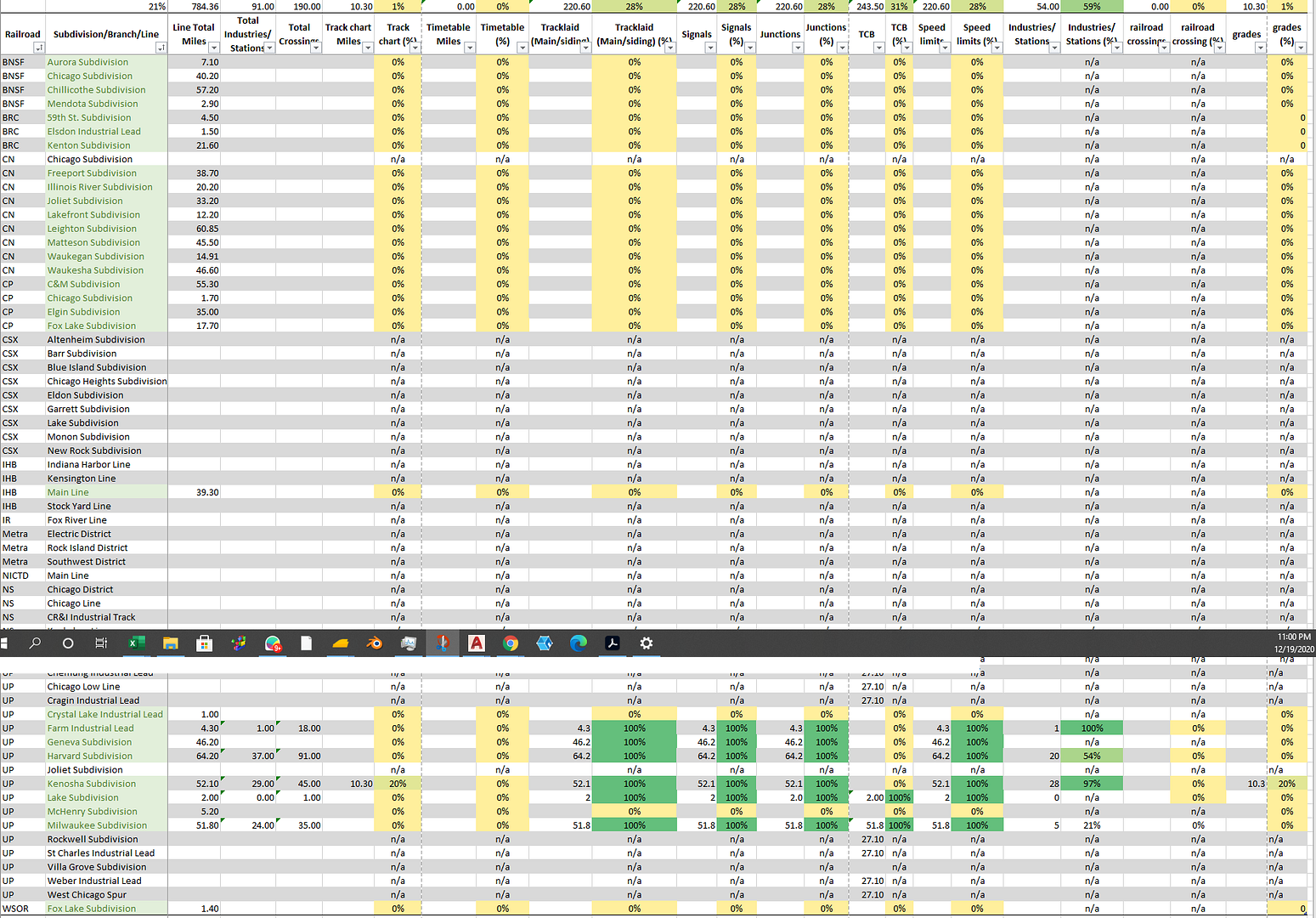
I look at it as if I'm building a model railroad, I want the benchwork and track done so I can run trains, I'll create mockups of stuff I need to do that, but getting the track working first before needing to destroy the scenery to adjust the track.
I developed a new honest metric for determining where I'm at, based on length of subdivision, total industries/stations, and crossings, and how much farther I have to go. CSX, Metra, NS and a couple other lines are not yet included because their length is unknown. The "Line Total Miles" column is what is modelled, not the actual length, the BNSF Aurora Sub is definitely more the 7.10 miles but that's all I'm doing.

Bradleyeed
Member
To make everyone happy, I reinstalled the DEM and started grading on mainline that I've already done. Starting at MP 54.8 on Kenosha Sub and going South I've made it to MP 32.45.
I discovered by accident that holding the 'Shift' key down while in Driver will speed up the clock, so I decided to run a short test train from Waukegan to Kenosha and back. Imagine that Metra has a bullet train.
Also check out my new blog at The Chicago Rail Project
I discovered by accident that holding the 'Shift' key down while in Driver will speed up the clock, so I decided to run a short test train from Waukegan to Kenosha and back. Imagine that Metra has a bullet train.
Similar threads
- Replies
- 4
- Views
- 2K
- Replies
- 1
- Views
- 3K

